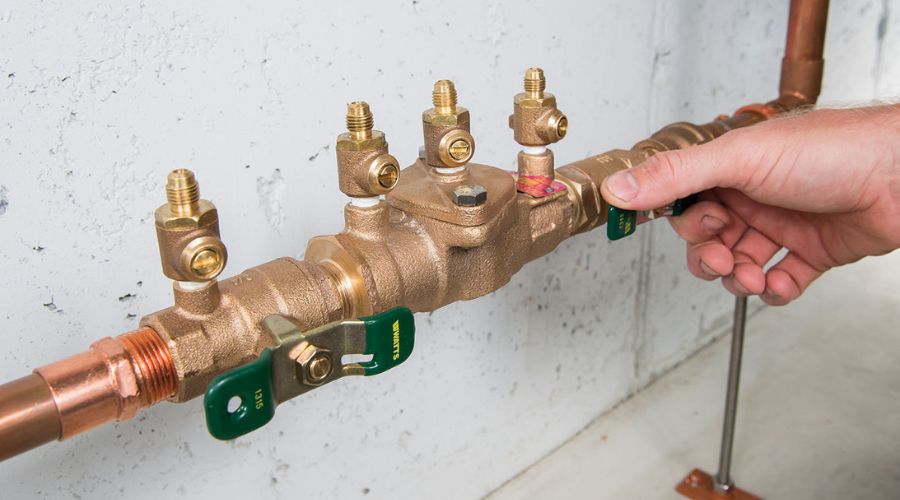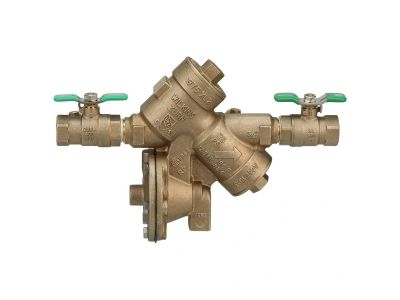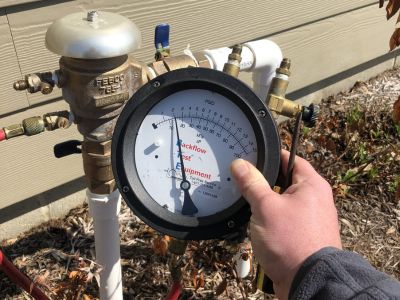
How is Backflow Dangerous for Drinking Water?
There is a lot that goes into making drinking water so convenient. Despite a simple turning of the tap, a ton of infrastructure provides this simple convenience. In homes and all along the water grid, purified water is at risk of picking up chemicals and pathogens that could undo all of the work of the water treatment facility. To prevent this, everyone is responsible for ensuring their plumbing is safe.
The best way to help protect precious purified water resources is to ensure that backflow is not occurring. Backflow can occur anywhere in the plumbing in a home or business, so all precautions must be taken. Here is a short guide to backflow and how the average person can help prevent it from causing harm.
Understanding Backflow
In its simplest form, backflow is a siphon that occurs when pressure fluctuations happen in a plumbing system. When a pipe bursts or a large demand is placed on the plumbing, backflow pulls water in the opposite direction than it was intended. This can allow whatever pipes are in contact with to be pulled into the water system.
Backflow has caused devastation in many cases. One documented case exposed people in a hospital to human waste. Another exposed an entire town to dangerous chemicals. Spotting the signs of backflow can stop the problem and allow the owner to take action. Common signs of a backflow situation occurring are:
- Drops in water pressure
- Leaks in piping
- Smelly water
- Bad-tasting water
- Noticeable decreases in water quality
- Water-related illness
 Preventing Backflow in the Home
Preventing Backflow in the Home
The good news is, since backflow is a serious issue, several ways exist to prevent it. The better news is, with the implementation of plumbing codes, backflow situations are becoming increasingly rare.
The first step to protect the water in a home is to verify if a backflow preventer is present. Not every home will have one but some will. For owners of commercial property, they will almost certainly be present. In both situations, look for them near the water lines entering the building. Backflow preventers stop the reverse flow of water, but they can be faulty, so they should be inspected periodically for proper operation.
To passively protect water, ensure all passive measures are in place. Before buying a home, have it inspected to ensure that vacuum breakers are installed on hose bibs? Make sure the plumber or inspector verifies air gaps where they are required.
 Testing Backflow Preventers for Performance
Testing Backflow Preventers for Performance
For owners, having the plumbing inspected for passive measures is necessary, but these devices don’t need to be verified or certified. Backflow preventers, on the other hand, must be inspected annually. Backflow testing ensures that the backflow preventer is in good working order and will protect the water if a siphon occurs. Most, but not all, plumbers will be certified for backflow testing, so it is a good idea to check with plumbers before they are scheduled. By taking these simple actions, owners can do their part to make sure water stays safe.
About Allens Plumbing
Allens Plumbing handles residential and commercial backflow testing. Their qualified experts offer same-day service and can help determine if any changes need to be made to keep drinking water safe. Call today for highly-rated plumbing service in Kahului/Maui, HI.


 Preventing Backflow in the Home
Preventing Backflow in the Home Testing Backflow Preventers for Performance
Testing Backflow Preventers for Performance